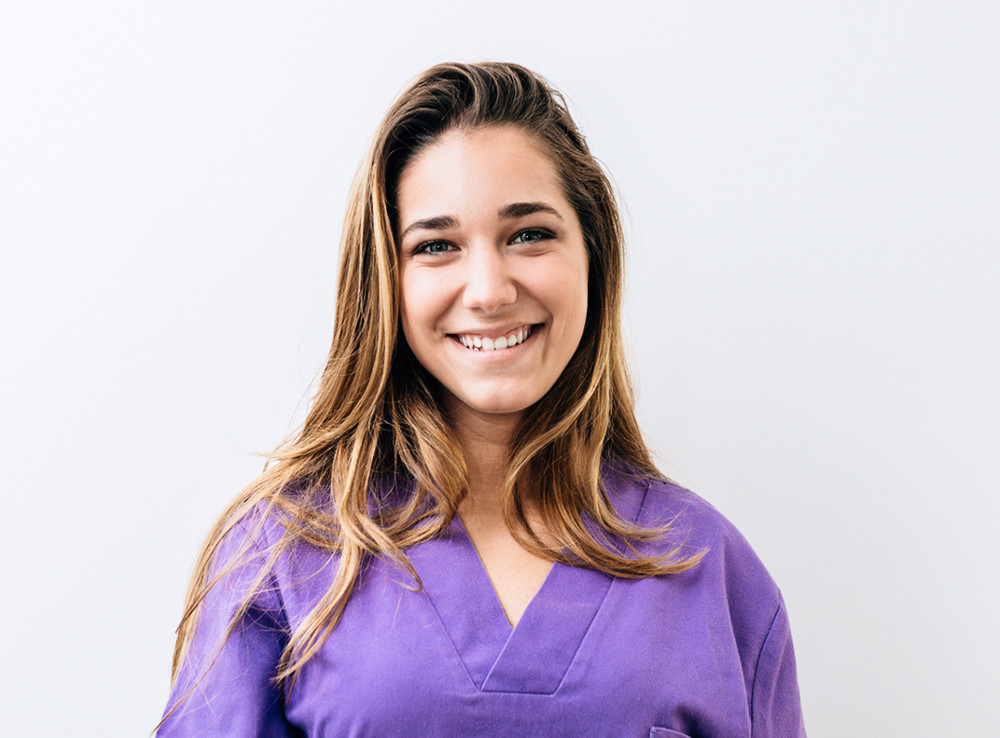Therapeutic inhaled essential oil use, or TIEO for short, has proved to be a remarkably effective alternative to traditional, and often unpleasant, PONV remedies. But why are hospitals so reluctant to adopt the practice?
It has been an interesting experience trying to convey the profound benefits of essential oils to healthcare practitioners over the years. Since so many of us weren’t given the opportunity to study alternative therapies during training, a non-pharmacological approach to patient issues can seem foreign, and out of place (more so for a nurse anesthetist like myself, who gives drugs to patients all day, every day).
While I do love a potent syringe full of something or other, it’s clear that meds aren’t always the right solution. The recent US opioid epidemic is a tragic reminder of the fallibility of some medical treatment options, and how they can actually harm those they should be helping.
Fortunately, alternative treatment options, like the therapeutic inhaled essential oil (TIEO) techniques we use here at Soothing Scents, are gaining traction in clinical settings. They’re also getting strong reviews from medical practitioners and patients. The safety concerns that once prohibited hospitals from using essential oils — mostly issues of leaking, fears of ingestion and problems with direct skin contact — have been addressed with improved design and dispensing methods that are compatible with the healthcare environment.
With TIEO, nurses at the frontline of patient care can rapidly provide relief for issues such as nausea or anxiety, quickly and without the need for a physician’s order. Patients benefit from a treatment option that is free of side effects or interaction with medications. Anyone, regardless of age or medical condition, can use TIEO anywhere and anytime – simply by opening the top of the container and taking a few deep breaths of the essential oil vapor.
For those new to the wonder that is TIEO, it may sound too good to be true, and inevitably questions arise that need answering. After extensive research (including designing and conducting clinical studies), I can safely say that I have a decent understanding of TIEO, specifically as it relates to the healthcare environment and its challenges, such as nausea and anxiety.
To truly “get” TIEO, basic concepts about the sense of smell and odor processing in the brain need to be understood, as well as the role botanical substances such as essential oils, play in nature. In other words, this subject is not only fascinating, it is seriously vast.
In the coming months, I’ll present the different facets of TIEO in a series of short posts that will (hopefully) be relatively free of ‘medical speak’, making them accessible to all, regardless of background. My goal is that you’ll not only come away impressed with the elegant efficacy of TIEO, you’ll be empowered to use it in your daily life.
I’ll be discussing the following topics over the next few weeks. Don’t forget to sign up to our newsletter to get them delivered to your inbox.
- What are essential oils and TIEO?
- How TIEO works its magic in the body
- Why does the sense of smell impact TIEO?
- What does TIEO do for nausea?
- How to decrease anxiety with TIEO
- Why should you use TIEO for concentration?
I look forward to sharing this information. Please share your thoughts in the comment section, or visit our Facebook page here.
All the very best.
Wendy
XO

